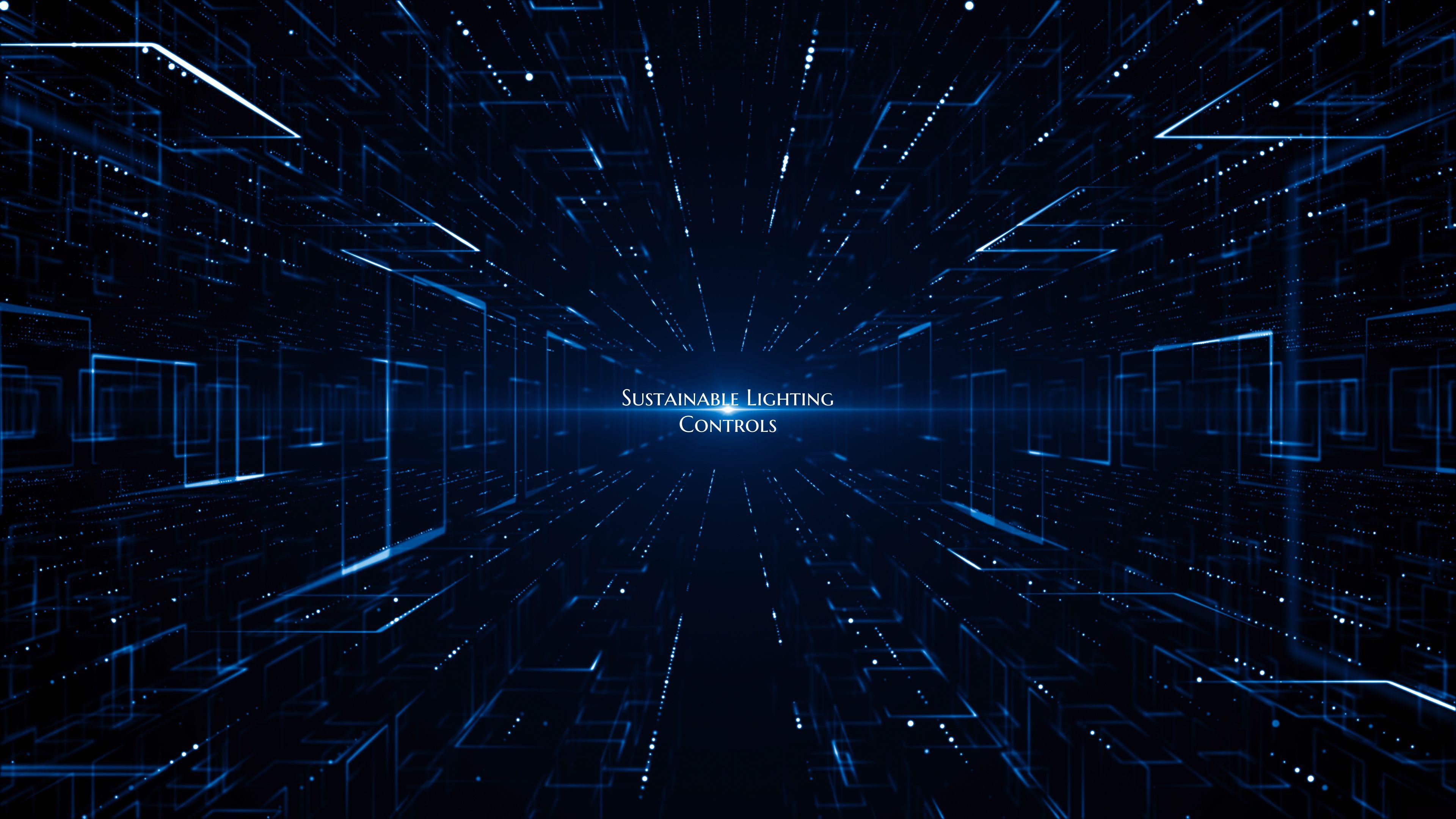Sustainable Lighting Controls
In today's world, sustainability has become a critical consideration in every aspect of our lives, including the way we use energy. Lighting is a fundamental component of any space, whether it be in homes, offices, or public buildings. Sustainable lighting controls offer an innovative solution to reduce energy consumption, lower costs, and minimize environmental impact while providing optimal lighting quality.
One of the key features of sustainable lighting controls is the ability to adjust and customize lighting levels according to specific needs. This can be achieved through the use of sensors, timers, and dimmers that automatically regulate the amount of light based on natural light levels, occupancy, or time of day. By only using light when and where it is needed, energy wastage is significantly reduced, leading to lower electricity bills and decreased carbon emissions.
Furthermore, sustainable lighting controls can improve the overall well-being and comfort of occupants by creating a personalized lighting environment. For example, daylight harvesting systems can maximize natural light utilization, creating a connection to the outdoors and promoting a healthier indoor environment. Task lighting controls can also be implemented to provide the right amount of light for specific activities, reducing eye strain and increasing productivity.
In commercial buildings, sustainable lighting controls play a crucial role in achieving green building certifications such as LEED (Leadership in Energy and Environmental Design). By integrating lighting controls with building automation systems, facility managers can monitor and manage energy usage effectively, identify areas for improvement, and optimize energy performance over time.
Ultimately, sustainable lighting controls offer a win-win solution for both the environment and building occupants. By harnessing the power of technology to create more efficient and intelligent lighting systems, we can significantly reduce our carbon footprint, enhance energy efficiency, and create healthier and more sustainable built environments for future generations.

